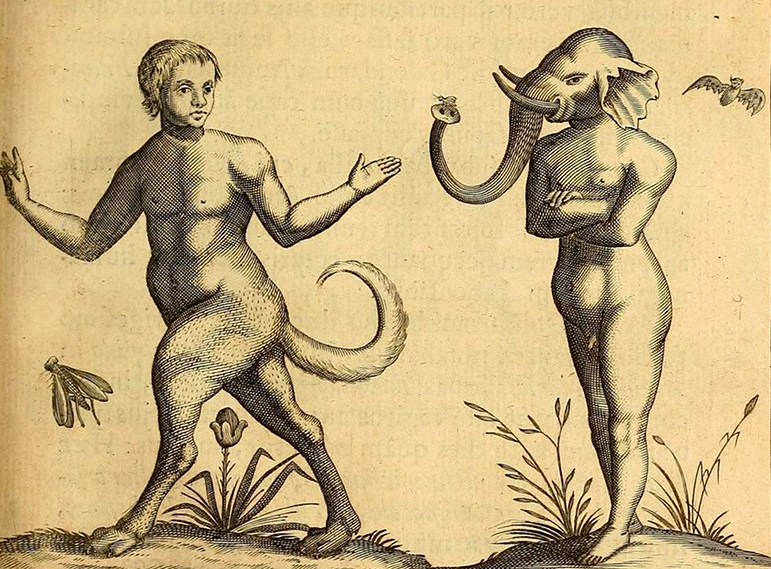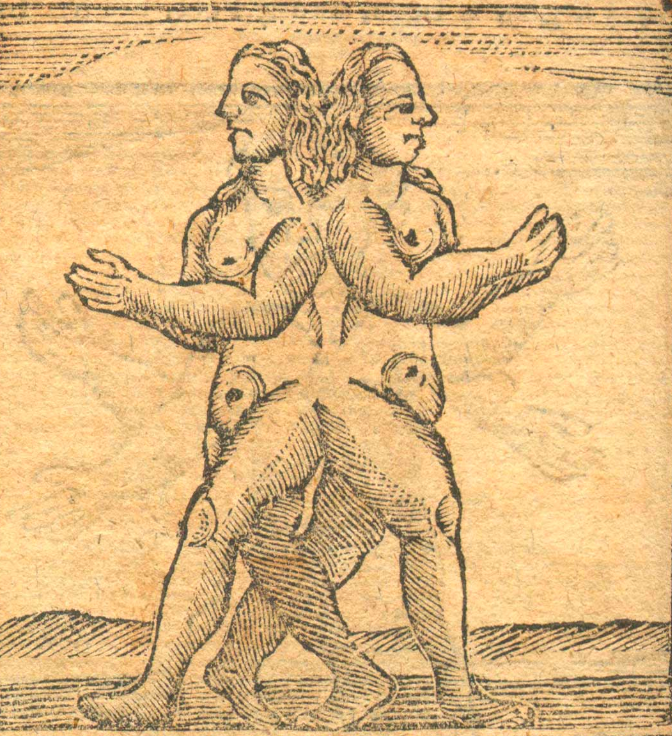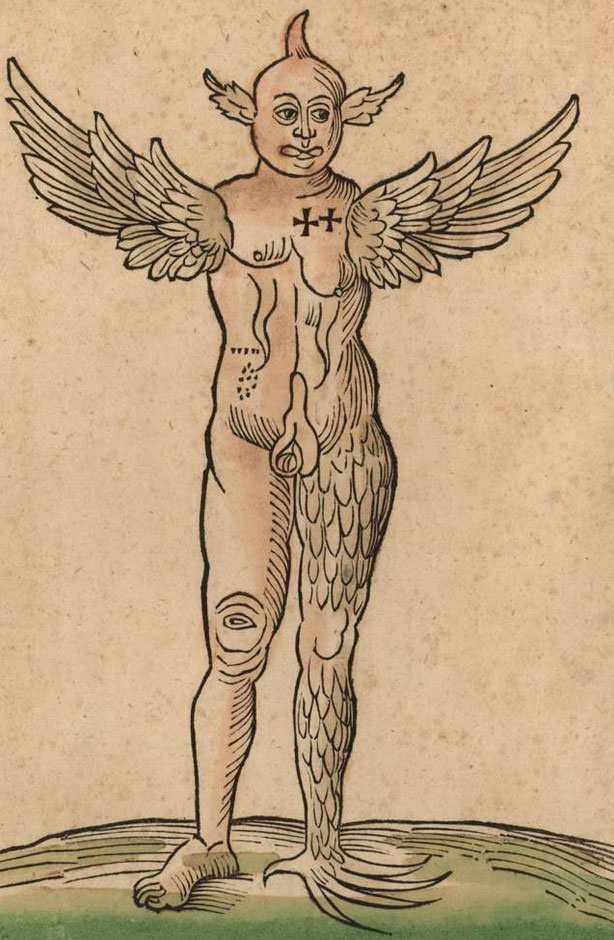AustLit
-
Editor's note: This digital portfolio was completed by Alisha Tonsbeek for PHIL2013 and published by Cirrus as an example of superlative student work.
-
The Aristotelian distinction between art and nature framed much of early modern European thought. In Aristotle’s view, nature followed an innate order of natural change, which, when left unimpeded, produced organic matter that aspired to perfect its final form and reproduce it. In opposition to nature, art was considered an imitation of nature, since art was artificially created by the organic matter found in nature. Thus, for Aristotle, art could not generate an innate natural change or reproduce its final form (Daston and Park, 1998).
There were some who challenged the Aristotelian art-nature distinction by creating hybrids of art and nature that played with Aristotle’s ideas about matter and final form. For example, Fortunio Liceti’s Latin medical treatise De monstrorum natura, caussis et differentiis, published originally in 1616, depicted interspecies hybrids (fig.1) alongside conjoined twins. For Liceti, nature imitated art, since when confronted with an impediment to its final form, nature rose to the challenge to “create another form still more admirable” (Daston and Park, 1998, p.200). However, in the Aristotelian view, Liceti’s illustrations reflected monstrous births or mistakes in nature (Daston and Park, 1998).
In this paper, I will briefly discuss Aristotle’s account of nature and his thoughts about monstrous births. In addition, I will explain why Aristotle’s account of nature created problems for mechanical philosophy and suggest a way of understanding monstrous births from the mechanist’s point of view.
-
-
You might be interested in...







